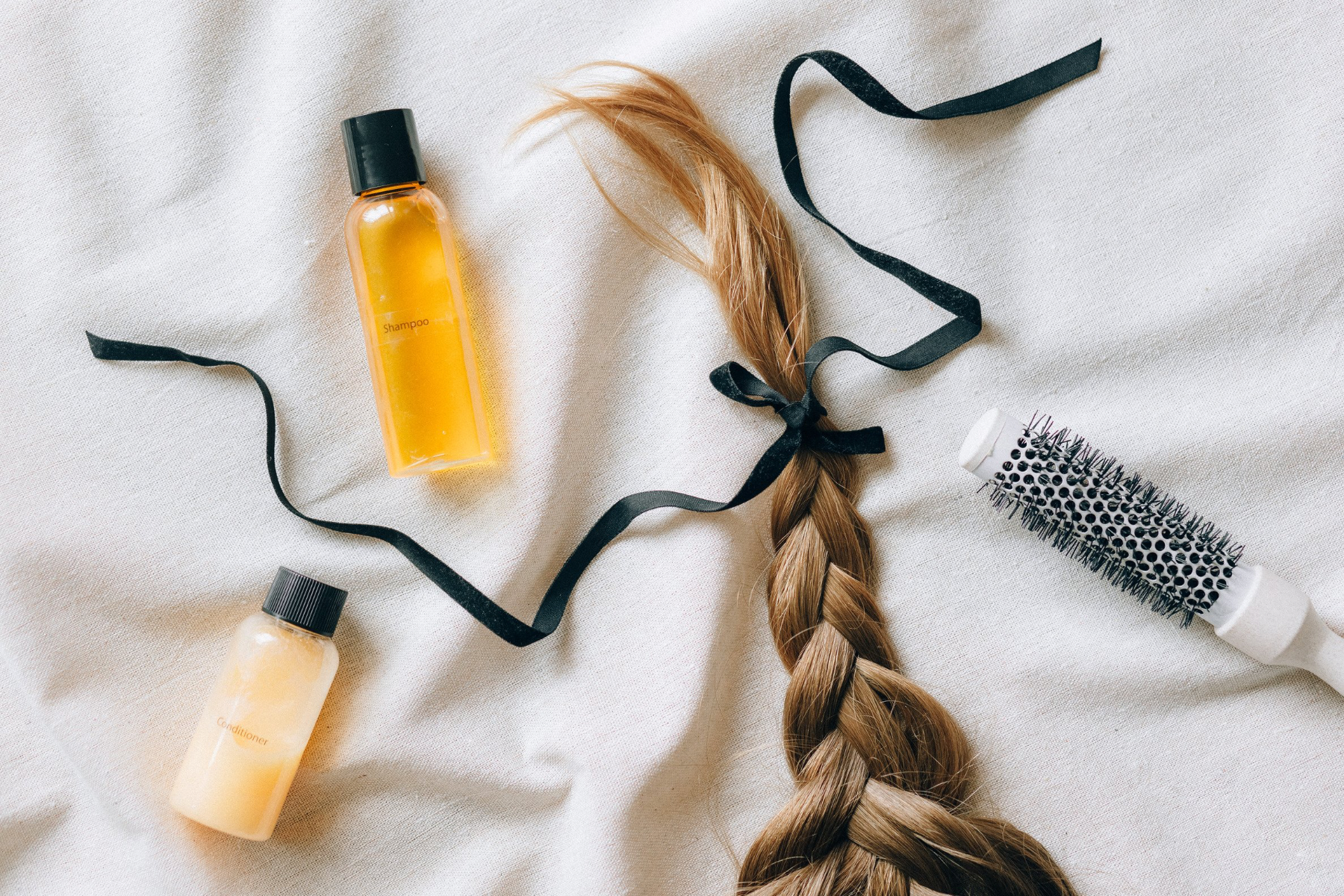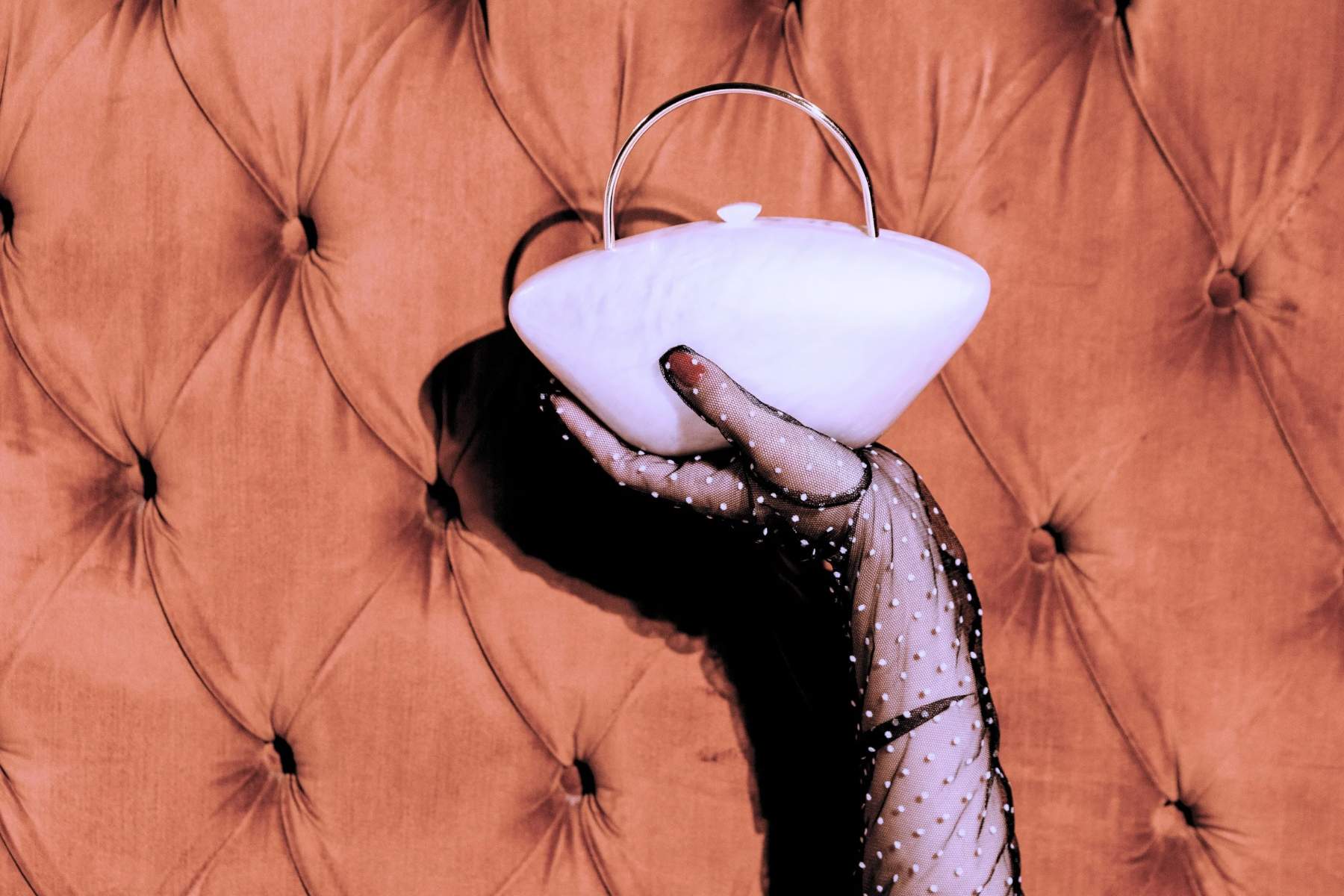Alopecia looks different for everyone, and there are many different types of Alopecia. For me, Alopecia happened when I turned 18 and was graduating high school, playing in state tennis, and deciding on the college of my future.
This post is just my own personal experience and story, professional resources should be utilized for personalized care.
What is Alopecia?
Alopecia is an autoimmune disorder where the body mistakenly attacks its own hair follicles, leading to hair loss. There are several types:
- Alopecia areata: patchy hair loss
- Alopecia totalis: total hair loss on the scalp
- Alopecia universalis: complete body hair loss
I started briefly with Areata with a quick transition into Totalis and then a longer break before completing the cycle to Universalis.
Ongoing research is being done on medications, therapies, and treatments to support regrowth and manage symptoms. There are also psychiatric and emotional support options available. In fact, in 2024 I personally traveled to Washington, D.C. to help advocate for insurance coverage of cranial prosthetics, an important part of confidence and healing for many living with hair loss.

But through all of that, I still wondered: What else is there?
The Holistic Connection
The biggest thing I’ve learned? Everything in the body is connected.
Our systems constantly communicate, regenerate, and respond to our inner and outer environments. Just like the skin takes roughly 28 days to renew itself, the rest of our cells individually cycle through over the course of 7 to 10 years.
For me, real alopecia regrowth began 7 and 1/2 years later when I shifted my focus to the core foundations of holistic self care. And to things that supported my body’s natural rhythms and created space for healing.
Here’s what I focused on:
- Fitness: Gentle, mindful movement like yoga and Pilates
- Nutrition: Anti-inflammatory foods and staying well-hydrated
- Sleep: Prioritizing sleep hygiene and consistent rest
- Emotions: Working with my nervous system to find emotional balance
Each of these areas helped me create a stable internal environment where healing felt possible.

Another major shift in my journey was finding a safe, supportive system. My husband has been a grounding force in my life, his presence, steady love, and encouragement from our loved ones has helped me step out of survival mode and into a space where I could finally rest. That sense of safety allowed my nervous system to relax, and I truly believe it created the foundation I needed for deeper healing. Sometimes self care is also about the people you choose to surround yourself with, those who remind you that you don’t have to do it all alone.
My Approach to Medication and Alternative Healing
Let me be clear: this is my personal experience, not a substitute for medical advice. Always consult with a licensed professional for any diagnosis or treatment plan.
At the start of my journey, I was prescribed oral steroids by a dermatologist, who also told me they likely wouldn’t help. After that experience, I didn’t return to conventional dermatology, but instead began exploring a more natural, intuitive route.
About 8 years later through my work as an esthetician, I was introduced to energy healing and chakra work. Learning how emotional blocks can manifest physically allowed me to begin releasing what no longer served me, energetically and emotionally.
I also leaned into the natural medicine all around us. Mother Nature offers some of the most grounding and restorative tools available. Spending time in nature became a ritual. I began incorporating herbs, CBD, and THC into my routine alongside meditation and energy work.

How You Can Start Practicing Holistic Self Care
Healing isn’t a straight line, and it isn’t just physical. True self care is emotional, spiritual, and deeply personal.
If you’re navigating alopecia or simply feeling disconnected from your body, start here:
- Pause and ask: What does your current self care routine look like?
- Notice where you’re just going through the motions vs. where you’re practicing with intention.
- Romanticize the small things & make your rituals sacred, even if they’re simple.
Trust that your body is listening. And most importantly, give yourself grace as you align with your healing journey.
Let’s Keep the Conversation Going
Have a favorite self care ritual that helps regulate your nervous system or reconnect you to yourself? Share it in the comments, I’d love to hear from you.





